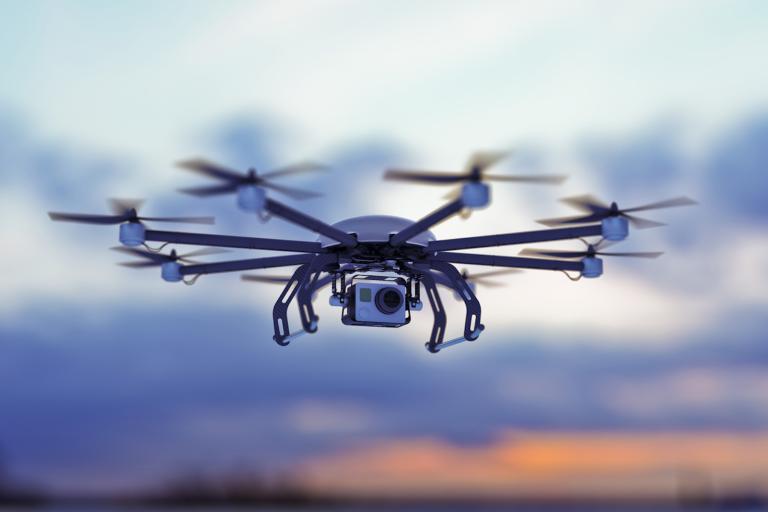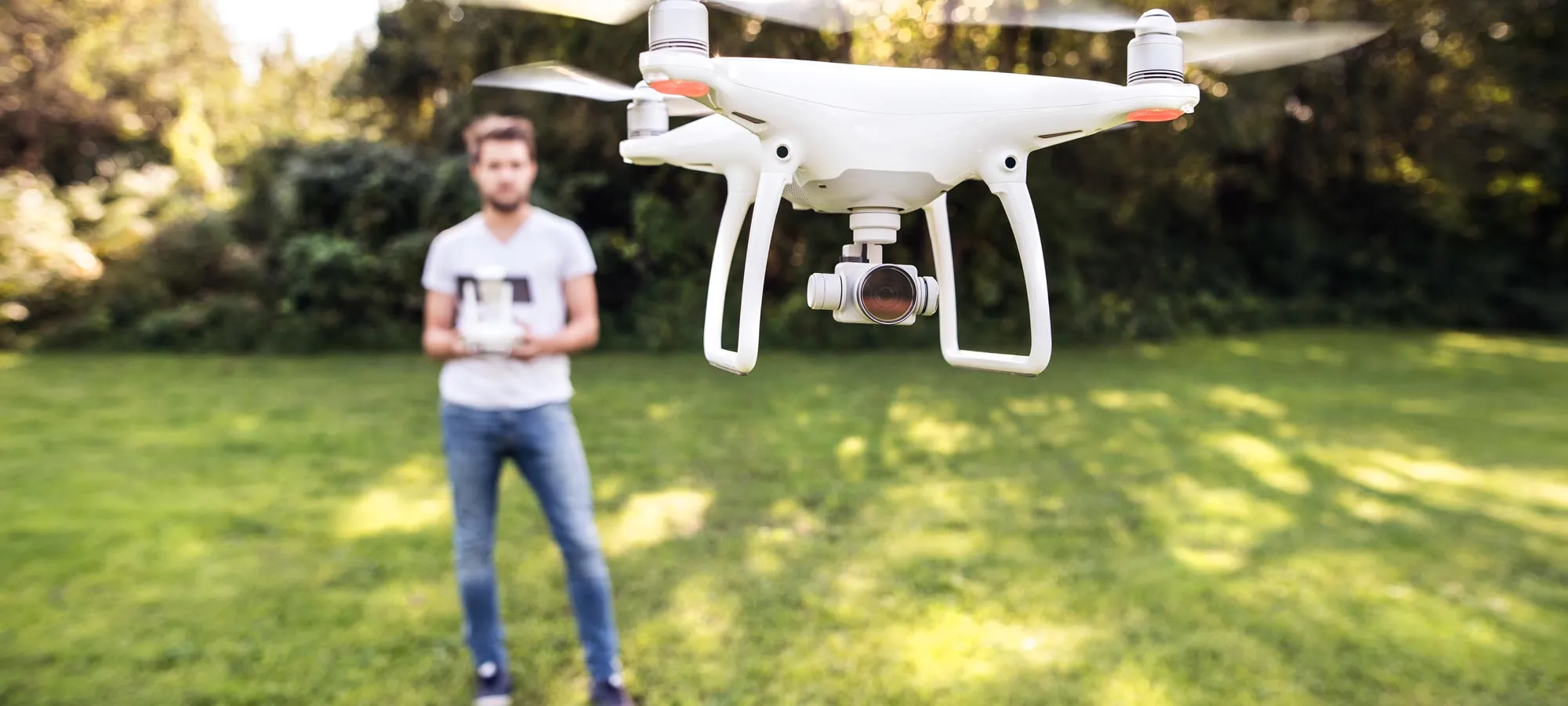
Welcome to the ultimate guide to ensuring drone safety! Drones have revolutionized our world, allowing us to capture breathtaking aerial shots and explore new frontiers. However, with great power comes great responsibility.
As drone enthusiasts, we must prioritize safety above all else. In this comprehensive guide, we will provide you with essential tips and rules for responsible flying and equip you with the knowledge to navigate legal requirements and avoid potential hazards.
So fasten your seatbelts (or propellers!) as we embark on a thrilling journey towards becoming a responsible and conscientious pilot in the fascinating realm of drones!
Introduction to Drone Safety
When it comes to flying drones, safety is always the top priority. There are a few key things you can do to help ensure a safe and enjoyable experience for everyone involved.
First, familiarize yourself with the local laws and regulations regarding drones. In some areas, restrictions on where or how high you can fly may be. Understanding and following these rules is essential to avoid any potential fines or penalties.
Next, take some time to learn about the different types of drones available and what each one is capable of. Not all drones are created equal, and choosing one best suited to your particular needs is essential. Once you have a drone in mind, research how to operate it safely.
When you’re ready to take your drone out for a spin, take all safety precautions seriously. Always inspect your drone before takeoff and ensure everything is working. Pay close attention to your surroundings while flying and avoid crowded areas or areas with sensitive wildlife. If possible, fly with another person so they can keep an eye on your drone while you focus on flying.
These simple tips will help you stay safe while enjoying all that drones offer!
Rules and Regulations for Drone Flying
There are a few key things to keep in mind when flying your drone:
-Remember that the FAA requires drone pilots to fly only during daylight and in good weather conditions
-You must keep your drone within your visual line of sight at all times
-You must yield the right of way to manned aircraft
-You must not fly over people or stadiums full of people
-You must not fly near emergency response efforts, such as fires
-You must not fly under the influence of drugs or alcohol
Tips for Maintaining Drone Safety
1. Always fly your drone in line of sight. This means keeping the drone within visual range at all times, so you can see it and avoid obstacles.
2. Fly during daylight hours only. This will help you see the drone better and avoid flying into objects or people.
3. Keep your drone below 400 feet. This is both to avoid obstacles and to stay within the legal height limit for drones.
4. Don’t fly near airports or other aircraft. Drones can interfere with airplanes and helicopters, so staying clear of these areas is essential.
5. Don’t fly over crowds of people. This could present a safety hazard if the drone crashes or malfunctions.
6. Be aware of your surroundings at all times when flying a drone, and avoid flying in areas where there might be obstacles or hazards you’re unaware of.
Common Causes of Drone Accidents
One of the most common causes of drone accidents is operator error. This can include anything from failing to follow the proper safety procedures to flying the drone in an unsafe area. Other common causes of drone accidents include mechanical failures and bad weather.
Preventive Measures to Avoid Accidents
There are a few simple precautionary measures that you can take to avoid accidents when flying your drone:
- Always wash in good weather conditions and avoid strong winds.
- Keep your drone within your line of sight at all times.
- Be aware of your surroundings and avoid flying near power lines or other hazards.
- Ensure you have adequate insurance coverage in case of an accident.
- Follow all the rules and regulations set forth by the FAA.
Following these simple tips can help ensure a safe and enjoyable experience when flying your drone.
The Role of Technology in Ensuring Drone Safety
Regarding drones, technology plays a vital role in ensuring safety. Many different aspects of drone safety can be improved through technology, and it is essential to consider all of them when operating a drone.
One of the most critical aspects of drone safety is collision avoidance. This can be achieved in several ways, but GPS and geofencing are the most effective. GPS can be used to track the location of a drone at all times, which makes it much easier to avoid collisions. Geofencing can create virtual boundaries around areas where drones are not allowed to fly, which helps prevent accidents.
Another important aspect of drone safety is ensuring they are operated safely. Many different software applications can be used to help with this, such as those that provide mapping features and flight planning tools. These applications can help operators avoid flying in restricted areas and ensure they stay well away from obstacles.
In addition to these measures, it is also essential to understand the regulations surrounding drone use. The laws vary from country to country, but some general rules should be followed to keep everyone safe. When in doubt, always err on the side of caution and follow the guidelines set out by the authorities in your area.
Conclusion
Drones can be enjoyable and exciting to use, but it is essential to remember that they also come with some risks. Following the proper safety tips and rules will help you ensure that your drone experience is safe.
Taking the time to learn about the laws in your area is also essential to avoid any legal issues with local authorities. With this knowledge, you can have peace of mind knowing that you are flying safely and responsibly while having a great time behind the controls!








